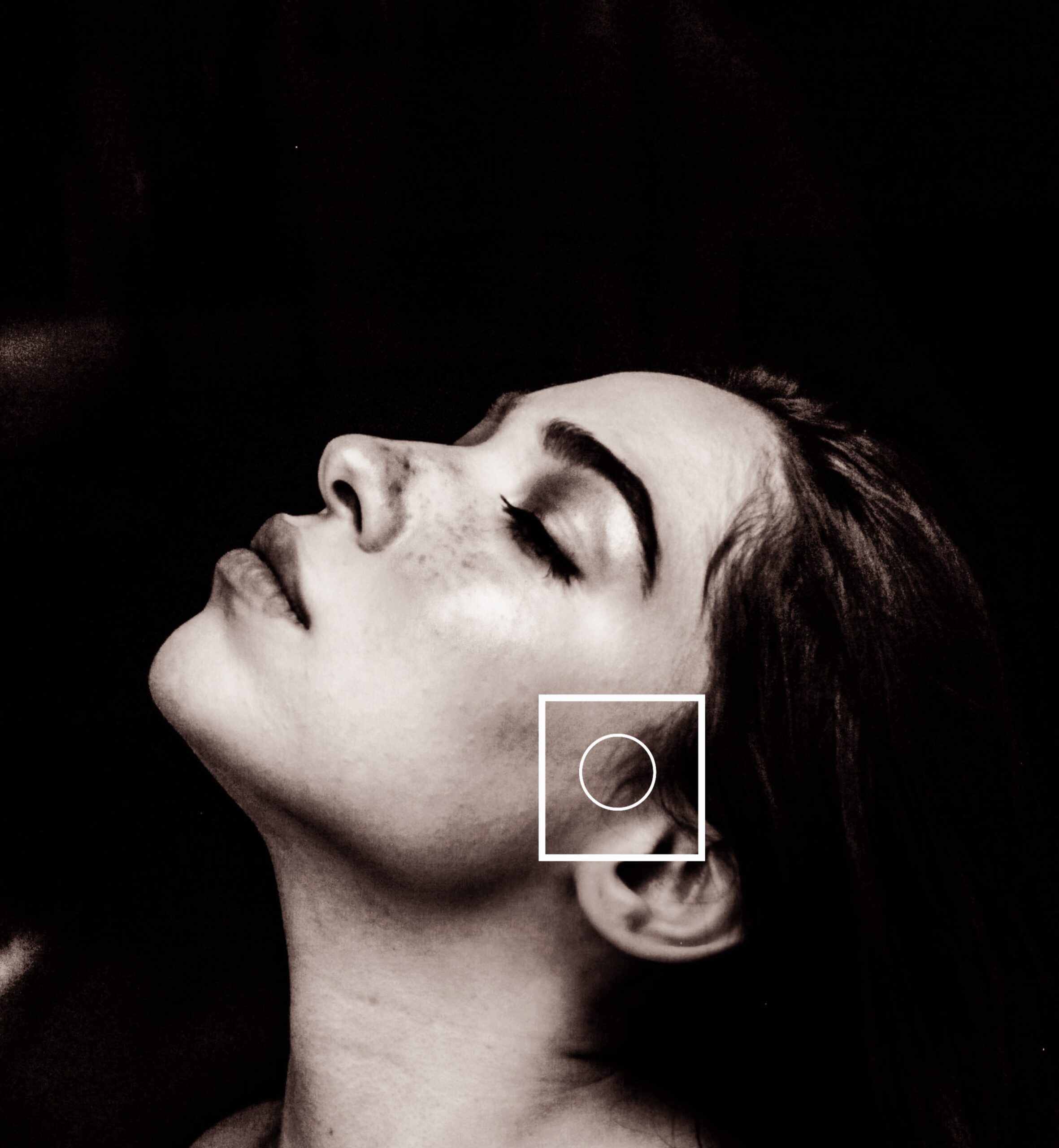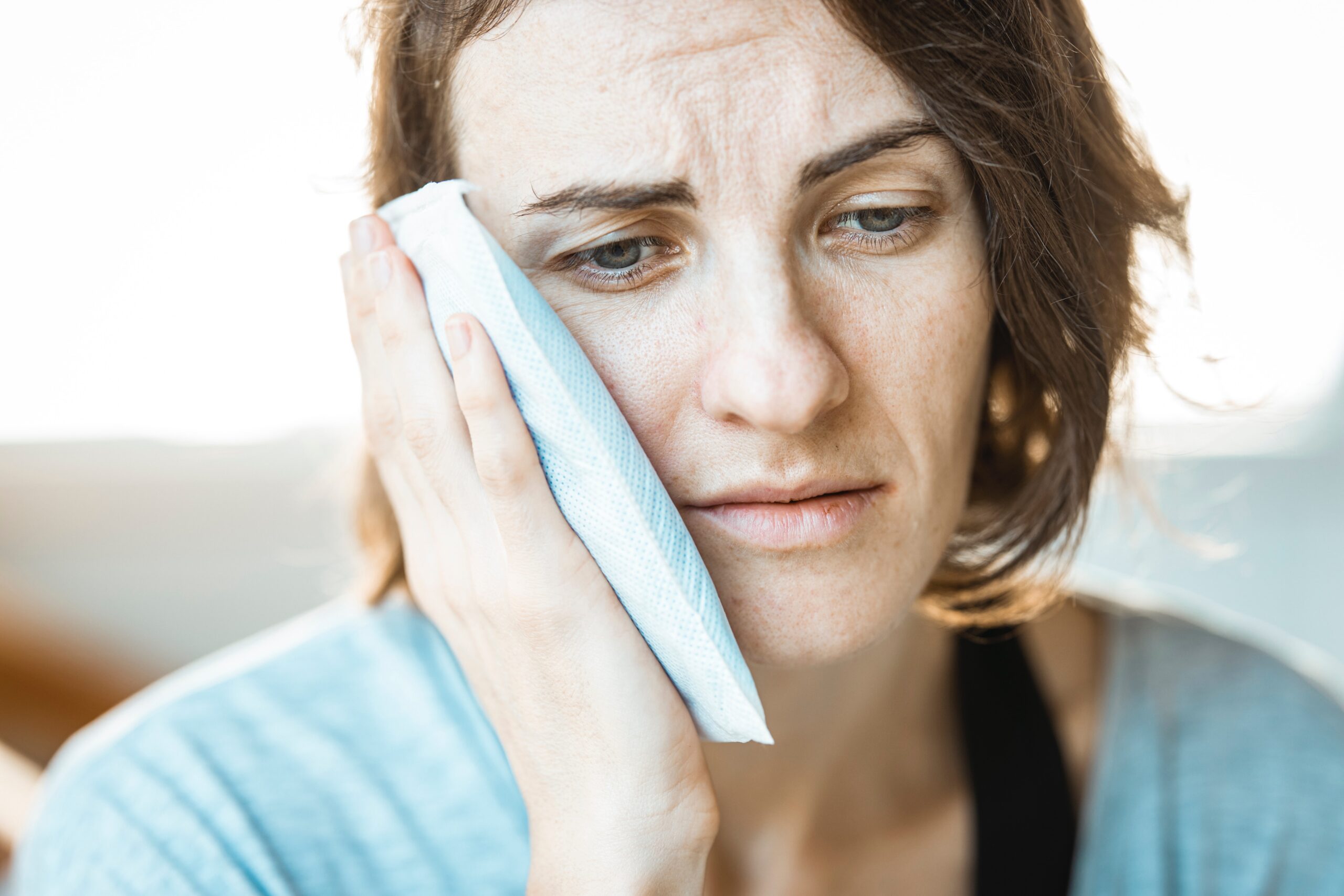AI tool showed a smaller jawbone may increase risk November 25, 2024 By Tiffany Chen In Brief: Pain and clicking…
Read More

AI tool showed a smaller jawbone may increase risk November 25, 2024 By Tiffany Chen In Brief: Pain and clicking…
Read More
The National Academies of Science, Engineering and Mathematics Recommendations on TMD Research and Care “First do no harm”
Read More
Gene changes after nerve injury shed light on chronic pain condition Uninjured trigeminal neurons (left) had higher expression of genes—such…
Read More
April 21, 2022 Neurons that glow under the microscope offer insight into safer pain relief In Brief: Using an imaging…
Read More
Clinical clues may foretell chronic temporomandibular disorder In Brief: Researchers found that pain-related clinical measures—but not psychosocial factors such as…
Read More